Overlooking the North Sea, a walk from the town of Golspie, stands Dunrobin Castle.
The name Dun Robin means Robin's Hill or Fort in Gaelic. Dunrobin is a stately home located in Sutherland, in the Highlands of Scotland. The lands of Sutherland were acquired around the early 1200s by Hugh, Lord of Duffus, grandson of a Flemish nobleman. The castle was first recorded on this site in 1401.
George Granville Sutherland-Leveson-Gower, 2nd Marquis of Stafford, 20th Earl and 2nd Duke of Sutherland, inherited Dunrobin in 1841. He financed the vast mansion that is there today. Almost everything there today dates from the 1840s, when the castle and gardens were redesigned by Sir Charles Barry. Barry had been the architect for the Palace of Westminster, home to the House of Commons.
Presently, there are 189 rooms, making it the largest house in the northern Highlands. Who wants to pitch in and buy it with me? If we get enough, maybe we could each have our own wing! Wouldn't that be nice for writing romantic inspiration?
I know my CP is going crazy now with all of those books!

.jpg)













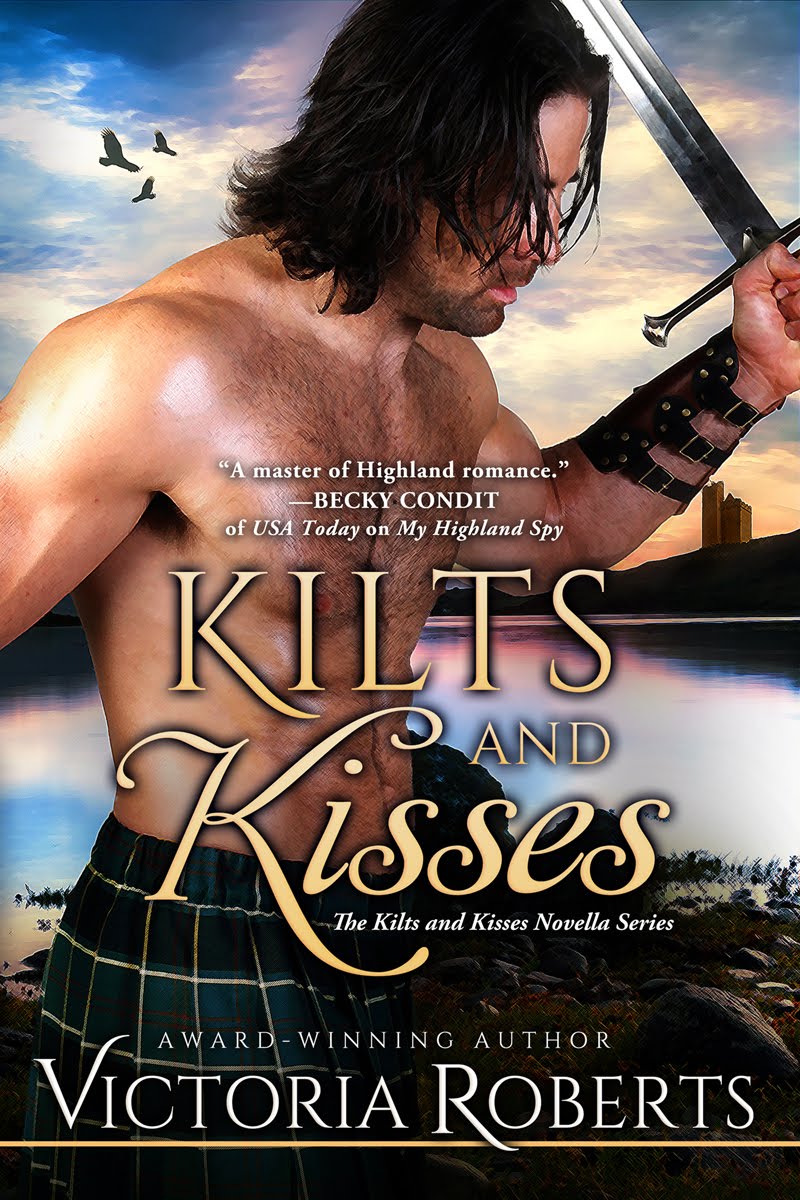
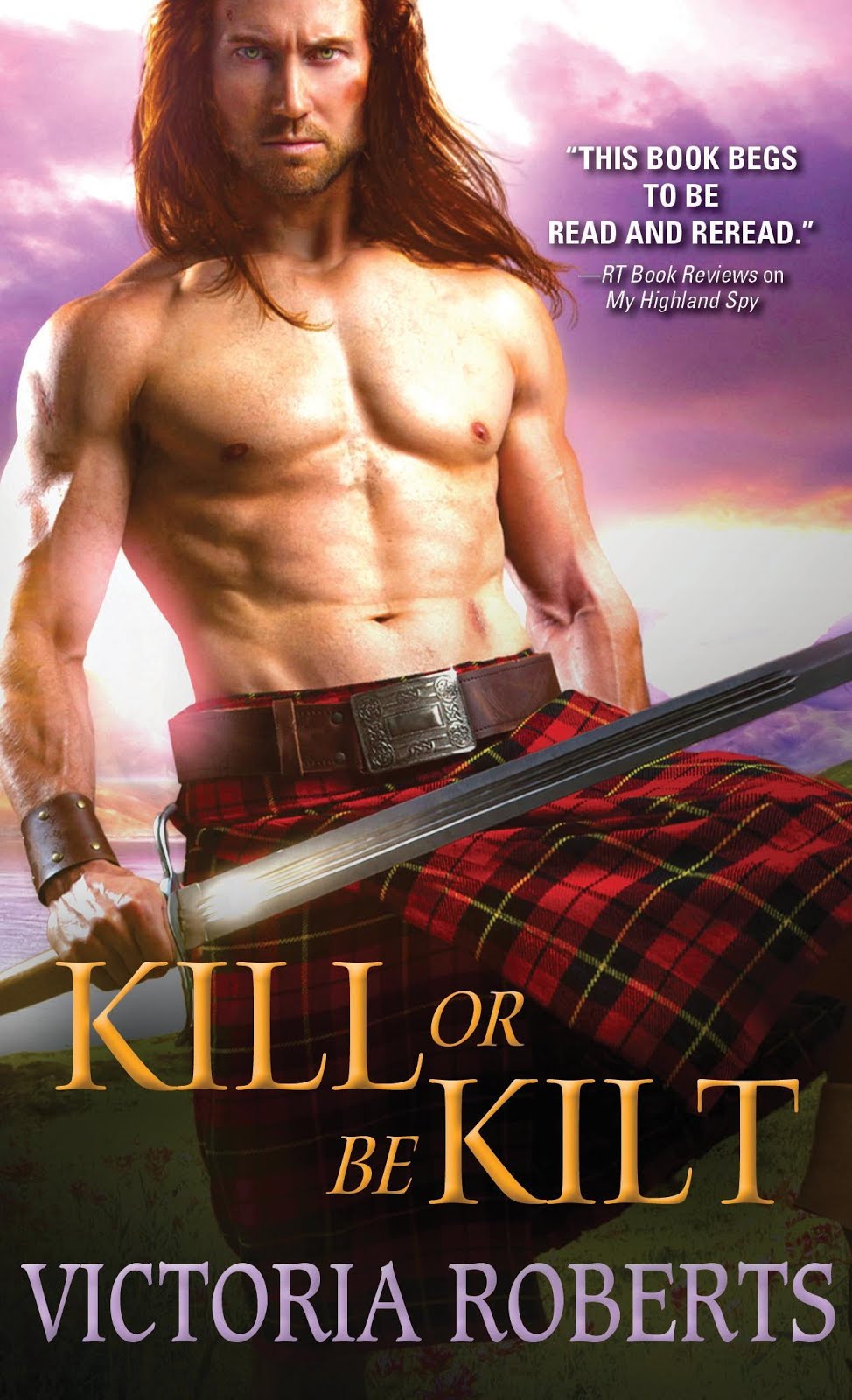

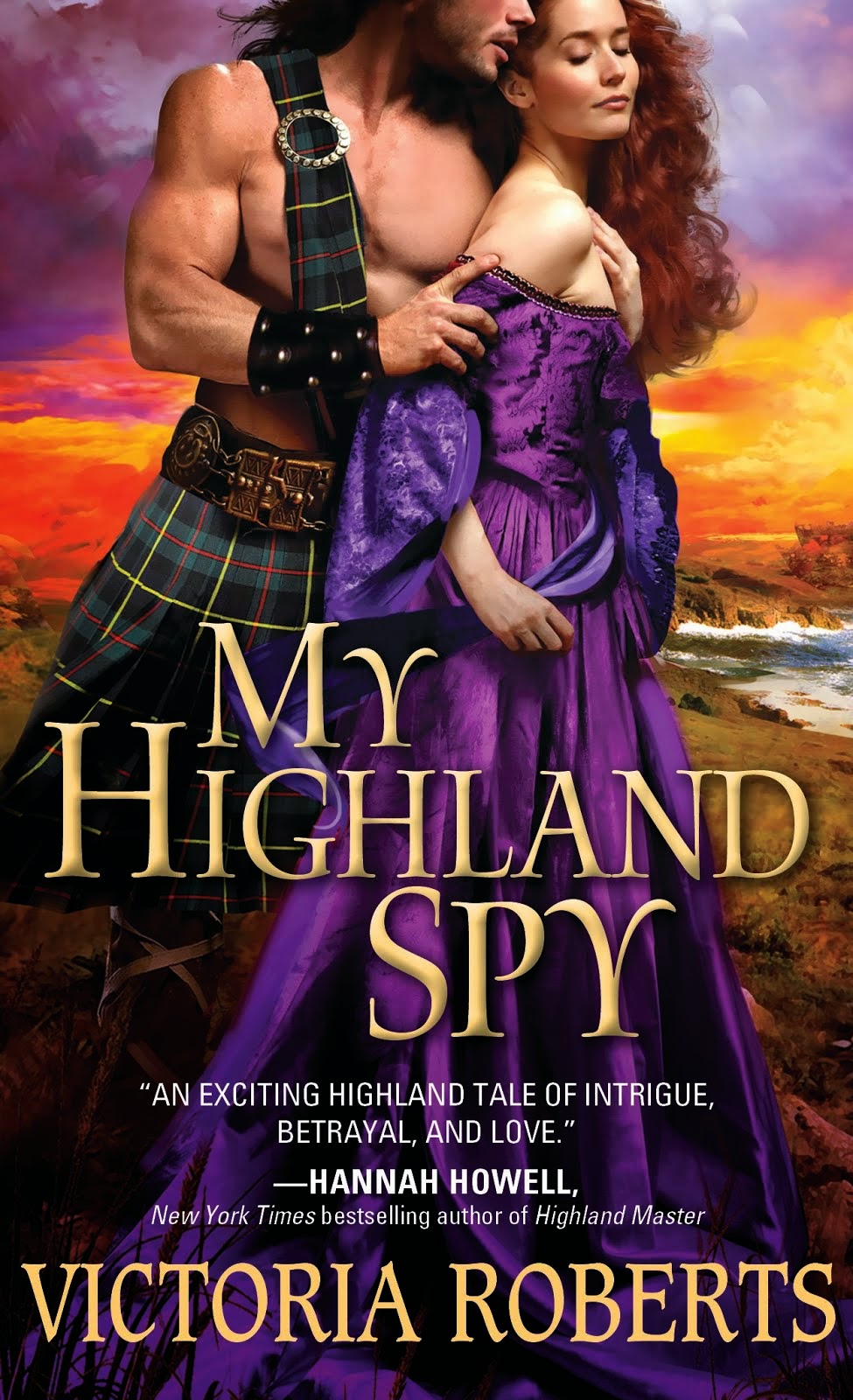


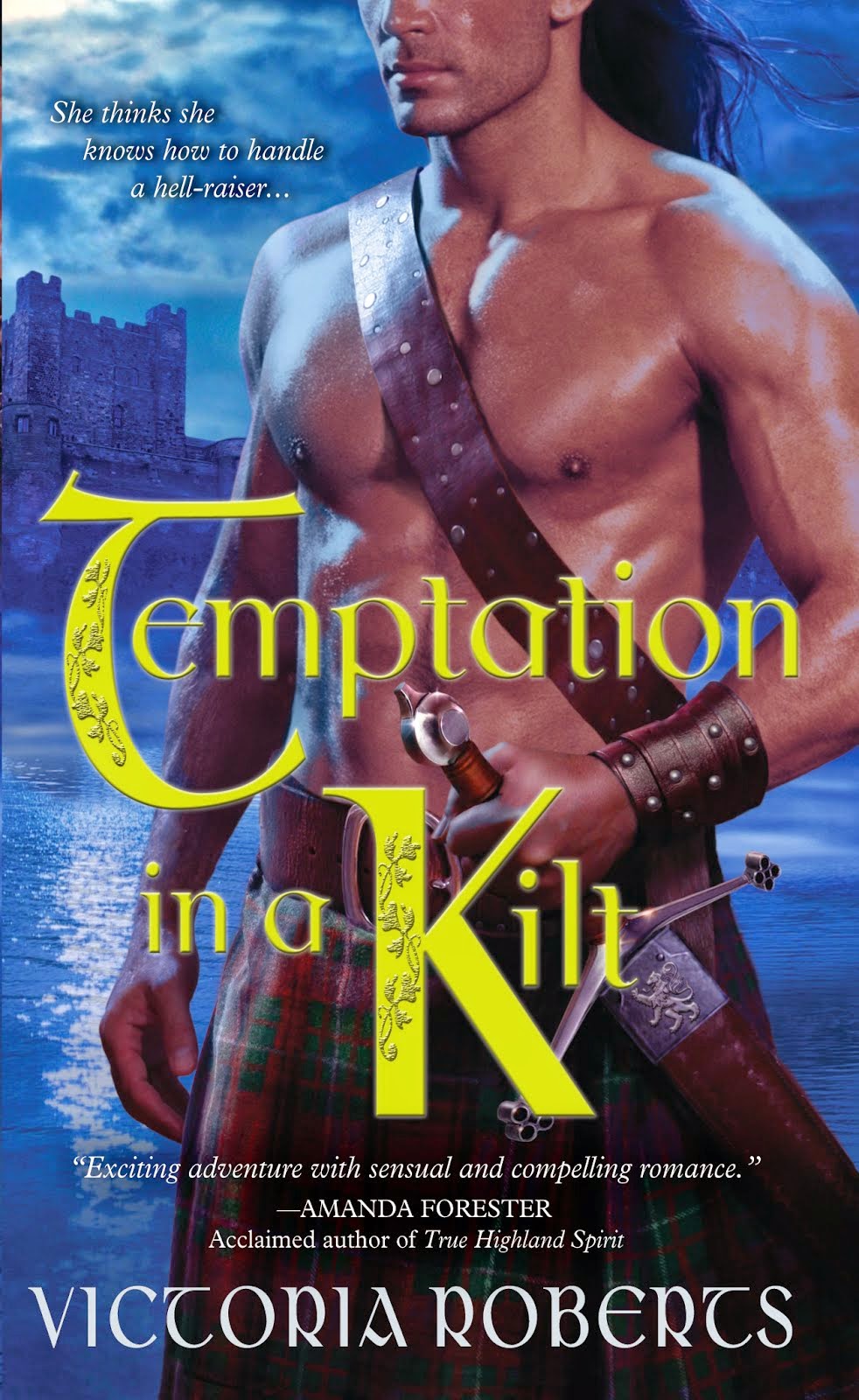
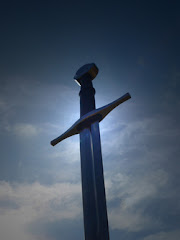

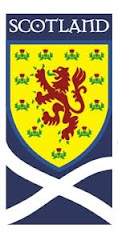.jpg)




